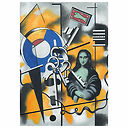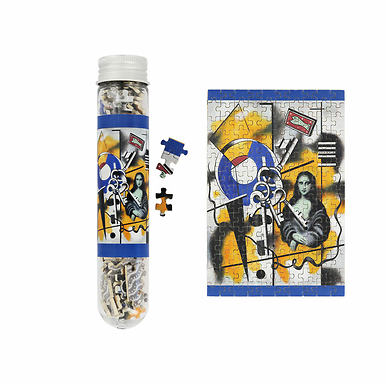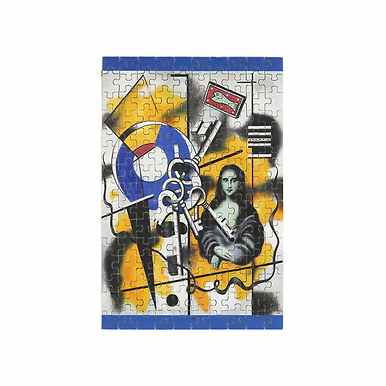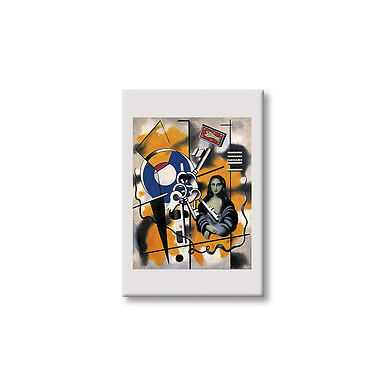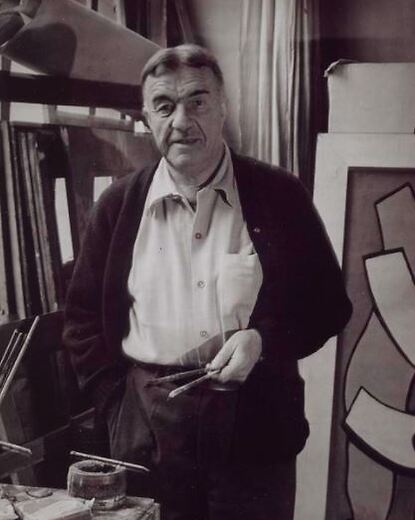Poster Fernand Léger - Mona Lisa with keys - 50x70cm
IA200609
Mona Lisa with the Keys is the culmination of several years of work devoted by Léger to freeing drawn or painted objects from the traditional support. "I took the object, I blew up the table, I put this object in the air, without perspective, without support. I scattered my objects in space and made...
Read more
Mona Lisa with the Keys is the culmination of several years of work devoted by Léger to freeing drawn or painted objects from the traditional support. "I took the object, I blew up the table, I put this object in the air, without perspective, without support. I scattered my objects in space and made them hold together by making them radiate forward on the canvas. A whole easy game of chords and rhythms made of background and surface colors, conductive lines, distances and oppositions, sometimes unusual encounters. » When Marcel Duchamp sketched a mustache and goatee on the image of Leonardo da Vinci's Mona Lisa by adorning it with the letters LHOOQ , he led a questioning of the aesthetic criteria which lead to the definition of what is art or what is not. This mustachioed Mona Lisa is at the origin of the questioning of the status of art in the 20th century .
Renewing the painting, modernizing the subject are essential concerns for Léger who takes on a Mona Lisa reconverted to current tastes: "I made a bunch of keys on a canvas. ...I needed something absolutely contrary to the keys...what do I see in a window? A postcard of the Mona Lisa ! I understood immediately: she was the one I needed, what could have contrasted more with the keys? Like that I put the Mona Lisa on my canvas . Then I also added a can of sardines. This makes a sharp contrast/ It's a painting that I keep, I don't sell it. » Léger rejects monotony and nuance.
Fernand Léger (1881 - 1955)
Mona Lisa with the keys, 1930
Oil on canvas. H. 91 ; w. 72 cm
Biot, musée national Fernand Léger
© Photo Rmn - GP, (Musée national Fernand Léger) / G. Blot
© Adagp, Paris, 2023 © Rmn - Grand Palais, Paris 2023.
Close
Login to see prices
Sold by GrandPalaisRmn


